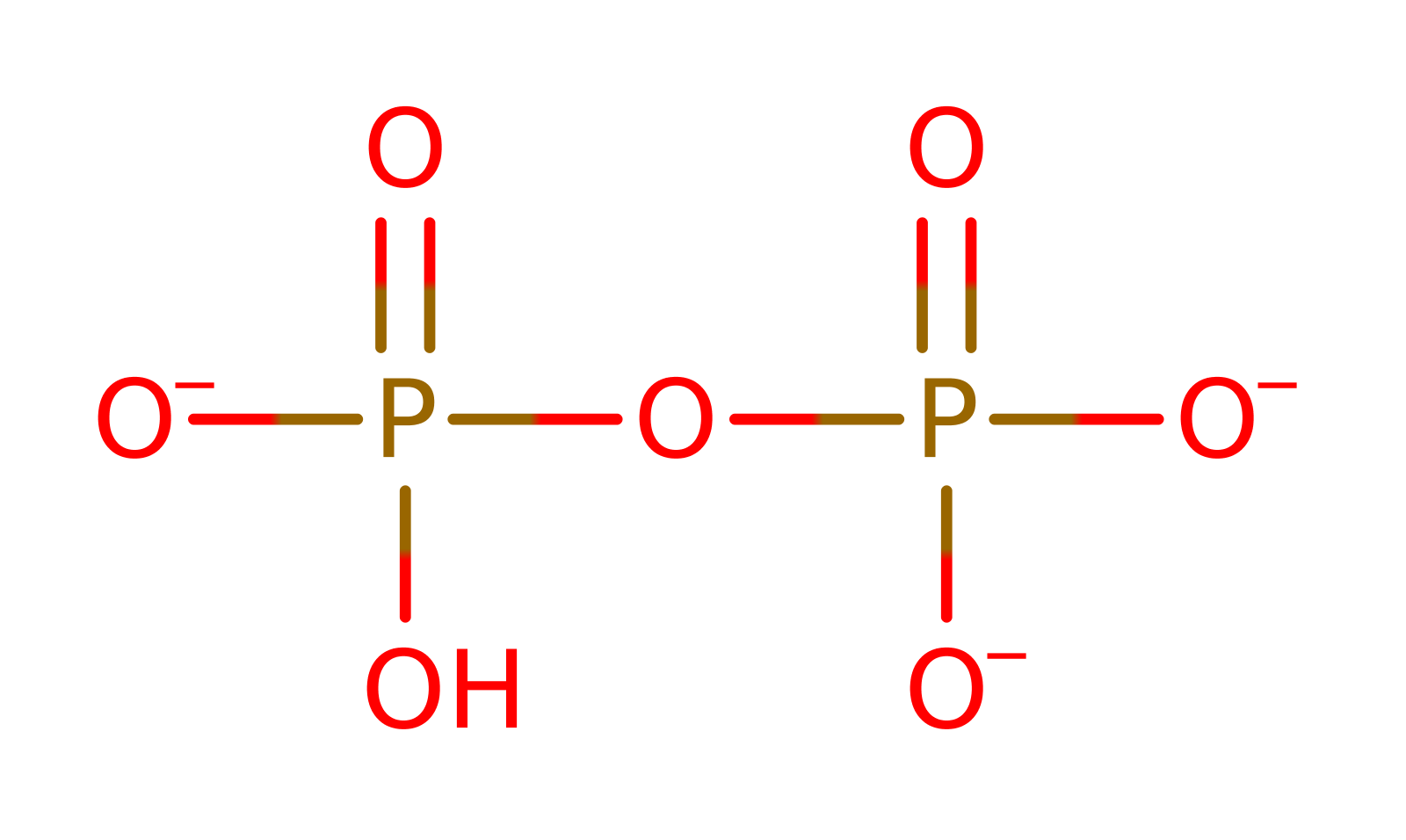Phosphopantothenate-cysteine ligase
Phosphopantothenoylcysteine (PPC) synthase is a CTP-dependent enzyme joining L-cysteine to 4'-phosphopantothenate via a peptide bond. This reaction is part of the coenzyme A biosynthesis pathway. In E. coli, PPC synthase activity is performed by the CoaB domain of the bifunctional Dfp protein, with the next step of decarboxylation performed by the CoaC domain. Both domains have catalytic activity on their own.
Reference Protein and Structure
- Sequence
-
P0ABQ0
 (4.1.1.36, 6.3.2.5)
(4.1.1.36, 6.3.2.5)
 (Sequence Homologues)
(PDB Homologues)
(Sequence Homologues)
(PDB Homologues)
- Biological species
-
Escherichia coli K-12 (Bacteria)

- PDB
-
1u7u
- Phosphopantothenoylcysteine synthetase from E. coli
(2.4 Å)



- Catalytic CATH Domains
-
3.40.50.10300
 (see all for 1u7u)
(see all for 1u7u)
Enzyme Reaction (EC:6.3.2.5)
Enzyme Mechanism
Introduction
Much of the catalytic role of PPC synthase is due to the binding of substrates in the correct positions for reaction. The first half of the reaction attaches CMP onto phosphopantothenate. The carboxylate group of pantothenate is nucleophilic and attacks the alpha-phosphate of CTP (probably activated as an electrophile by coordination to a magnesium ion). Diphosphate is the leaving group, and the activated intermediate 4'-phosphopantothenoyl-CMP is formed. L-cysteine can now bind and its amino group attacks the carbonyl carbon of the ester group. This forms a tetrahedral transition state; the developing negative charge on the carbonyl oxygen is stabilised by a water molecule held by Asn 210. The transition state collapses to form CMP and the product.
Catalytic Residues Roles
| UniProt | PDB* (1u7u) | ||
| Asn210 | Asp210(30)A | Asn 210 inds and activates a water molecule that stabilises the second transition state. | activator, electrostatic stabiliser |
Chemical Components
References
- Stanitzek S et al. (2004), Structure, 12, 1977-1988. Structural Basis of CTP-Dependent Peptide Bond Formation in Coenzyme A Biosynthesis Catalyzed by Escherichia coli PPC Synthetase. DOI:10.1016/j.str.2004.08.007. PMID:15530362.
- Hennig M et al. (2002), J Mol Biol, 319, 757-766. The Catalytic Mechanism of Indole-3-glycerol Phosphate Synthase: Crystal Structures of Complexes of the Enzyme from Sulfolobus solfataricus with Substrate Analogue, Substrate, and Product. DOI:10.1016/s0022-2836(02)00378-9. PMID:12054868.
Catalytic Residues Roles
| Residue | Roles |
|---|---|
| Asp210(30)A | activator, electrostatic stabiliser |







